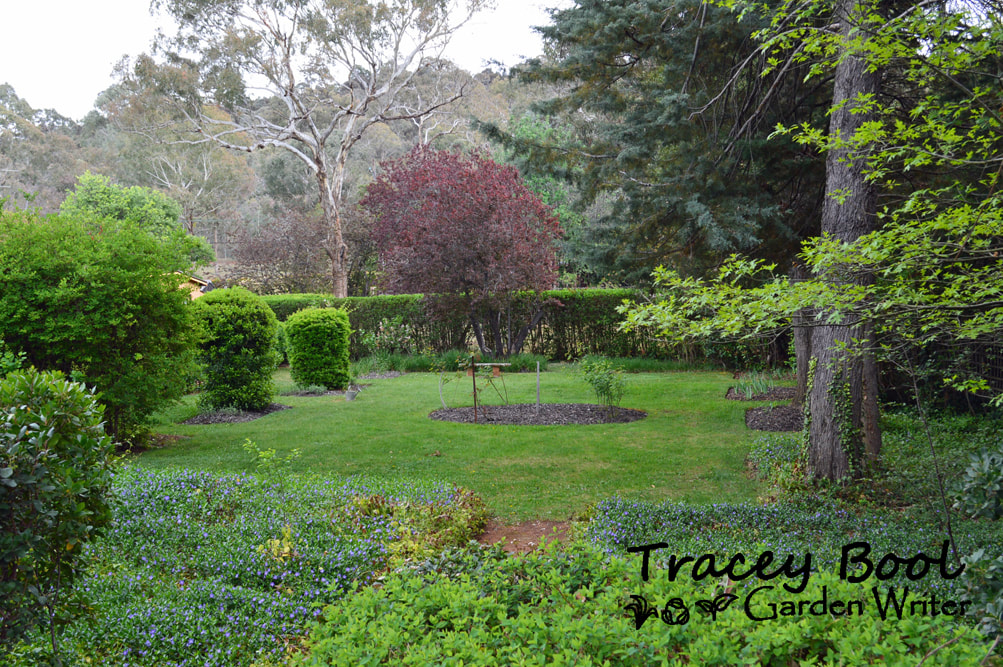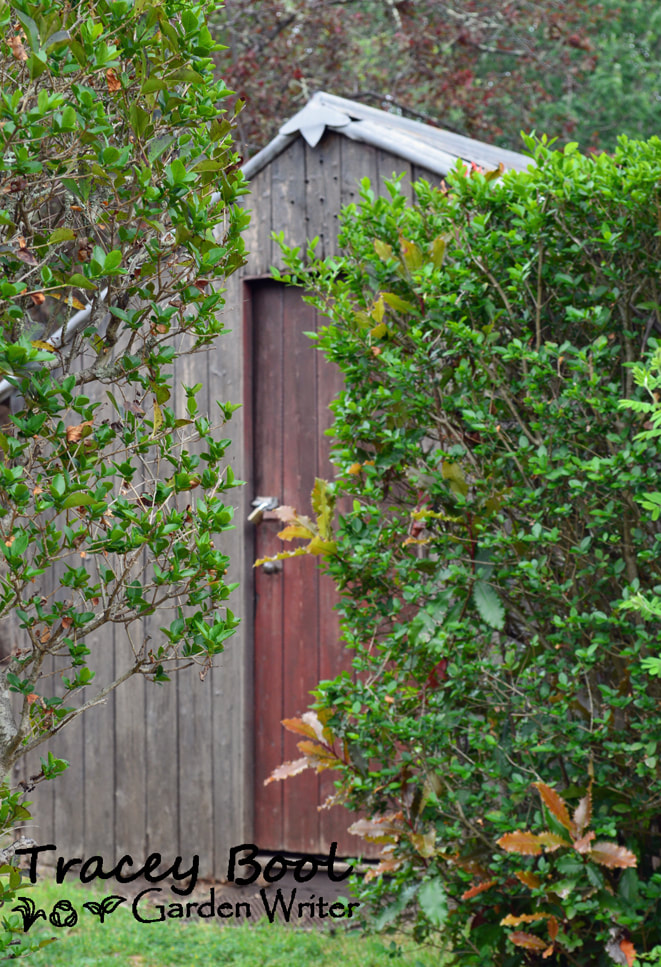|
Historic Calthorpes’ House
(9 November 2017) ‘Before leaving on an overseas trip, our home had been singled out as a time-capsule depicting life in an average family home of the 1920s. It required no embellishments’ (A Personal Postscript: Dawn Waterhouse, May 2000. Published in Calthorpes’ House Museum Guide: Bickford, A; revised by Lawson, E. 2003; © Australian Capital Territory 2003). Calthorpes’ House is unique in its unaffected history – the furnishings, the flooring, even the paint, are original and in exemplary condition. Local government purchased the property to secure its preservation in 1984, with the garden being tired and in need of restoration at the time. Features, amongst many, include: a workers hut (the last remaining), one of hundreds built as temporary accommodation for Canberra’s early construction workers; and an air raid shelter designed to hold two families (12 members in total). The English style garden is also wholly original in its layout and plants still growing there today. The Calthorpe family were not avid gardeners by any means, but maintained and appreciated the 1 acre grounds nonetheless. This included growing veggies and fruit trees with mixed success, as well as an eclectic mix of ornamental plants and trees, such as the large and stately conifers at the site. Plants were selected for their practicalities, such as food production and privacy, but also for their simple beauty. Head gardener Neil Walsh, has been injecting passion into this significant Canberra landmark for the past two years, along with a small dynamo team and volunteers. Neil’s rich horticultural background, including qualifications received from the National Botanic Gardens in Dublin, and various landscaping, gardening and nursery industry endeavours, has led him to what can only be described as his botanical destiny. Neil characterises the restoration process of Calthorpes’ House grounds as gentle, thoughtful and time appropriate. Maintenance of the gardens is also reminiscent of times past, with the bulk of weed control carried out by hand, and much of the mowing done by push mower. During his time at Calthorpes’ House, Neil has been collecting cuttings and other propagation materials from the gardens to preserve their lineage and maintain authenticity. Some plants in the grounds are now considered weeds but are nevertheless preserved, due to their historical significance and the stories they tell. For instance, Vinca major, commonly known as blue periwinkle, was a familiar ‘sacrificial’ planting during the 70’s when locusts were in plague proportions, luring these damaging pests away from desired crops. All care is taken to protect the landscape beyond from these boisterous plants, including careful disposal of any prunings and removal of forming seed heads. The Calthorpes’ were representative of a typical middle class family of the time, gardening through a process of trial and error and most importantly, creating a garden for life and living. The original state of this property is extraordinary and to be treasured, as there are few, if any, such places left in existence. For more information about Calthorpes’ House, its Conservation Management Plan, tours, and opening hours: http://www.historicplaces.com.au/calthorpes-house. |
|



